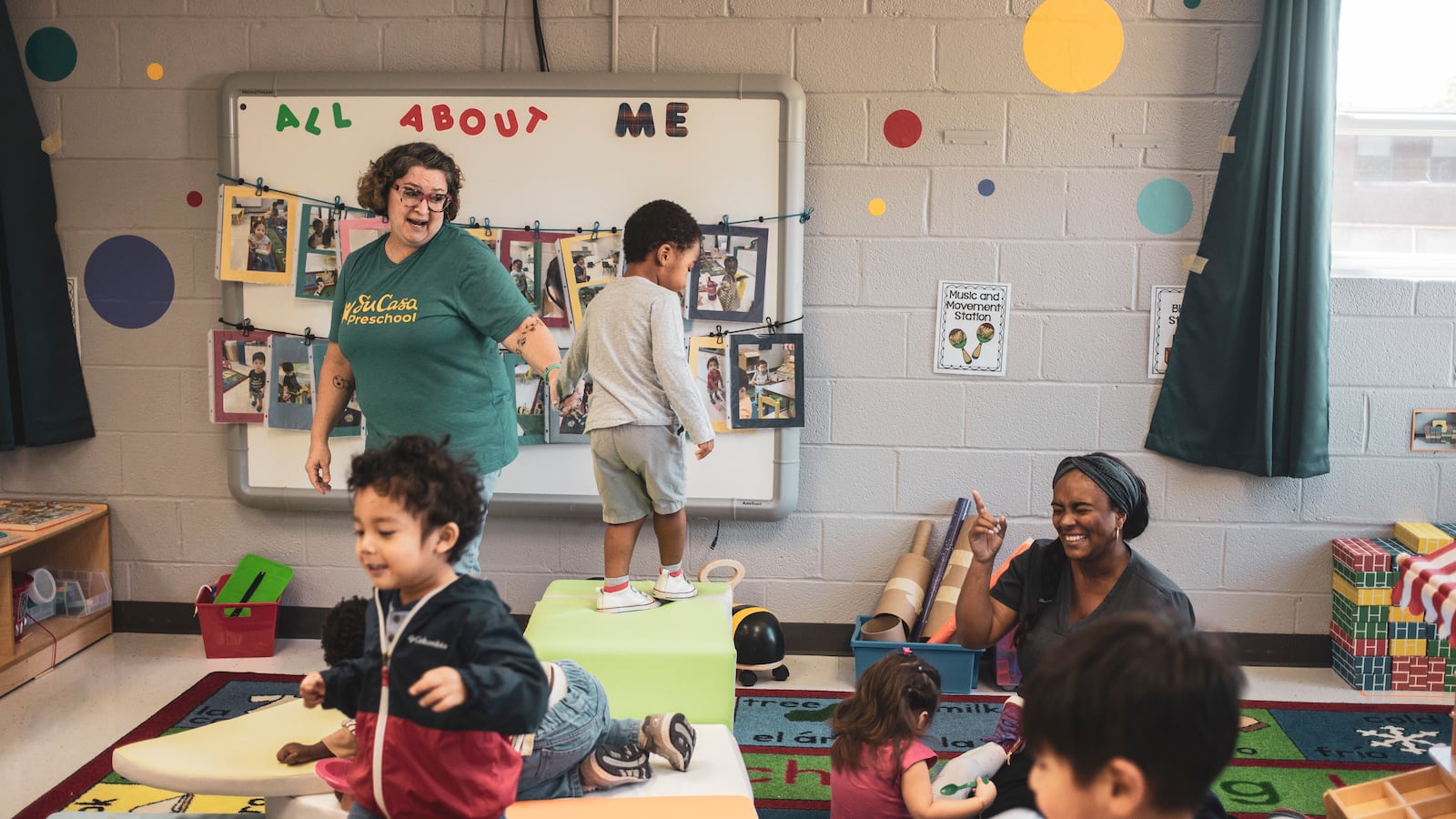One late September morning at Su Casa Preschool, seven 4-year-olds sat cross-legged on their classroom’s reading rug, anxiously awaiting their turn to share what they had accomplished that morning.
When tossed a tennis ball signaling her turn during recall time, or “tiempo de recordar,” Citlali declared in English that she’d played with blocks. She passed the ball to Alli, who recounted in Spanish making lemonade in their classroom’s play kitchen.
As the other five students continued to reflect on their morning work time activities and worked on their English- and Spanish- speaking skills, their co-teachers, Amalia Perez and Priscilla Victor, took turns asking questions like “¿Qué más cocinaste?” (“What else did you cook?”) and “¿Qué construiste con bloques?” (“What did you build with the blocks?”)
It was a typical Monday morning at Su Casa Preschool, in Memphis’ Berclair-Highland Heights neighborhood. Here, teachers and leaders of the nonprofit aim to provide a quality early childhood education to predominantly Spanish-speaking immigrant children in northeast Memphis who are less likely to have access to such a program and are more likely to struggle academically.
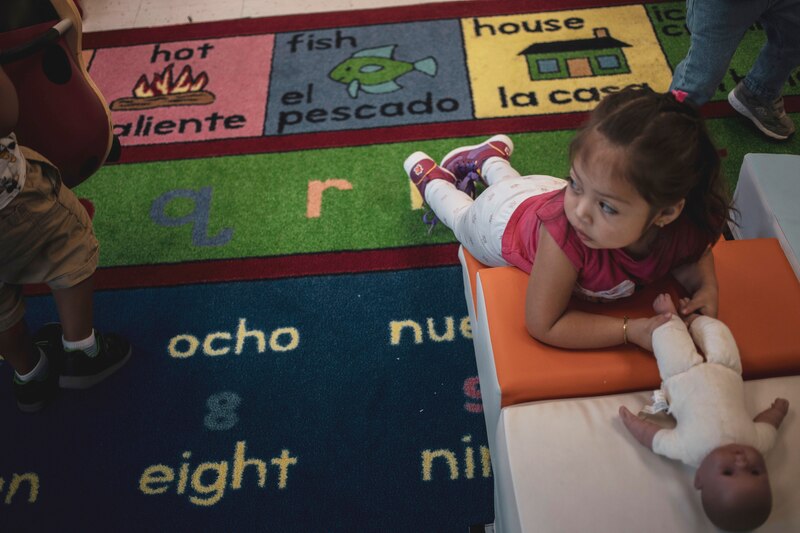
“We’ve got to start here, in early childhood, to build that foundation,” said Cherise Clark, the director of Su Casa Preschool. “We want to get to a place where we’re shipping off a great batch of kids to Kingsbury Elementary or to Treadwell Elementary … We just want to see our community blossom.”
Since launching with one class in 2016, the Christian bilingual preschool has expanded to four classrooms serving children ages 1-5, who attend two days a week. But as Memphis’ Hispanic community continues to grow, the organization has had to turn more interested families away.
Memphis’ Hispanic population has grown by 25,000 over the last decade, according to the most recent U.S. Census data. In total, Hispanics now make up just over 7% of the city’s population, and about 16% of Memphis-Shelby County Schools students. And the number of MSCS students whose first language is not English has increased to about 8,800, or 12% of all MSCS students. Statewide, Hispanics are the fastest growing demographic group in schools.
As Memphis and Tennessee as a whole battle to improve dismal literacy rates, Su Casa’s bilingual early childhood programming is one example of the search for solutions — especially for Hispanic or Latino immigrants, who face greater barriers to academic success than their white, native English-speaking peers.
While Tennessee students overall improved across all subjects and grades in the latest standardized tests under the Tennessee Comprehensive Assessment Program, English language learners made the slimmest gains of any student demographic group. Just 15% of ELL students were considered on grade level in both math and English language arts last school year.
Despite those challenges, bilingual preschools like Su Casa and dual language programming are rare in Memphis. Su Casa is believed to be the first bilingual preschool to open in northeast Memphis, and remains one of very few within city limits.
While MSCS leaders have promised to continue efforts to improve early childhood programming and grow world language programming, Tennessee’s largest school district does not currently offer any bilingual pre-K classes, and only one school has a dual language program. The program, housed at Treadwell Elementary, serves 200 students.
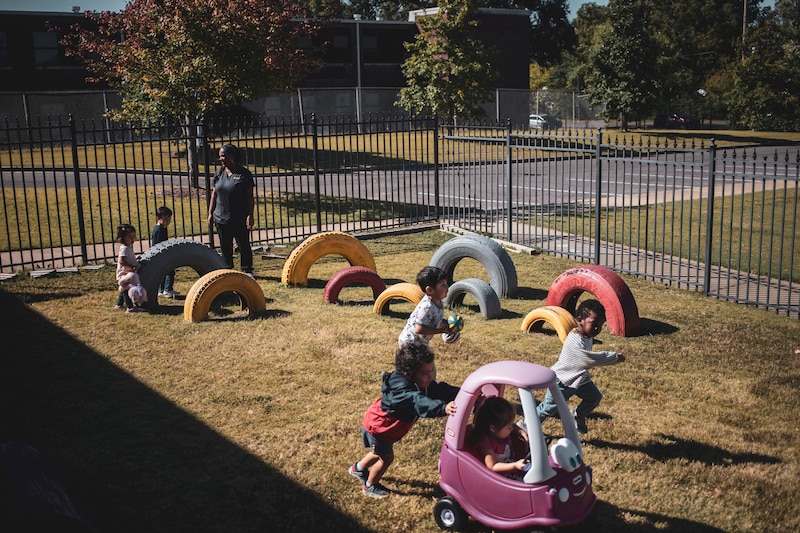
Meeting a critical need
Su Casa started with volunteer work in a Memphis school, but the organization was never meant to house a preschool program.
It all started in 2005, when a group of volunteers from Second Presbyterian Church volunteered at Berclair Elementary as part of the Memphis “Adopt A School” program. As they built relationships with Berclair families — many of whom were recent immigrants to Memphis and spoke only Spanish — the volunteers noticed an unfilled need for adult English programs.
So they got to work.
“We’ve got to start here, in early childhood, to build that foundation.”
After growing its adult programming for several years, Su Casa Family Ministries officially became a nonprofit in 2008 with the overarching goal of being a place of safety and connection for Memphis’ Latino immigrant community.
But one piece was missing: What about their children?
Before joining Su Casa, Clark saw the need for more accessible, high-quality early childhood education throughout her 15-year career as a Spanish and English as a second language teacher in Memphis schools.
Recalling her work with kindergartners as an ESL teacher at a Memphis charter school, Clark said she was shocked by how far behind many students were — even from the very start of their time in school.
When she first joined Su Casa’s adult English class programming, Clark remembers many parents struggling to navigate Memphis’ complex education system and the U.S. education system as a whole.
Some of them came from countries where preschool is universal the way K-12 school is here. Some were daunted by the thought of calling around to different programs and schools to find an open spot for their child. Others simply could not afford any of the programs they did find.
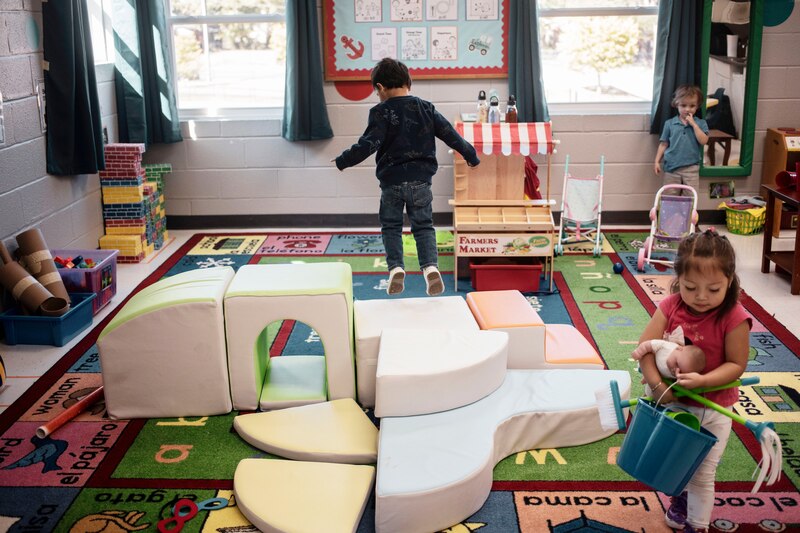
Many of those parents had enrolled in the classes to figure out how to help their children in school. Yet despite their efforts to learn English, Clark said, many still struggled to enroll their children in preschool — let alone find a bilingual program where their children could improve both their English and Spanish speaking skills.
Even Clark, a former MSCS teacher who speaks English, struggled with questions when it came time to enroll her own children in preschool.
“How do I engage more with my children? How do I make sure that I’m being the best parent I can be? Those are universal questions that come back to a very universal desire — parents just want to help their kids do well,” Clark said.
“But for them, it was like ‘I don’t know how to navigate the system. I don’t know the language to do it. I can’t advocate for myself, let alone my child, so what do I do?’”
A bilingual program means parents can better communicate with their children’s preschool teachers. But beyond that, research over the last two decades has found many potential benefits to children learning a second language early, when their brains are more flexible.
A University of South Carolina study earlier this year found that Hispanic students who attended a bilingual preschool in Charlotte were better prepared for kindergarten, and went on to score higher in both reading and mathematics through second grade, as compared to their peers who did not participate in such a program.
Studies over the last two decades have found the advantages to early bilingualism in children stretches beyond academics. A 2003 study found that, by the age of 3, bilingual children show signs of heightened empathy and longer attention spans.
Those benefits are partly why it was important to Florinda Salcedo for her son, Angel, to attend a bilingual preschool. But more than that, she said, it was about preserving the heritage of her fiance, who emigrated from Mexico nearly a decade ago.
Though Salcedo speaks both English and Spanish, she struggled like Clark to find a bilingual early childhood program for Angel. She finally landed on Su Casa after a neighborhood friend recommended it.
A year after enrolling Angel, Salcedo says her 2-year-old son is engaging in more conversations and is learning more Spanish. She’s confident he will be better prepared for kindergarten than she was when she started at Kingsbury Elementary, with no preschool experience at all.
“This is the place for him,” Salcedo said.
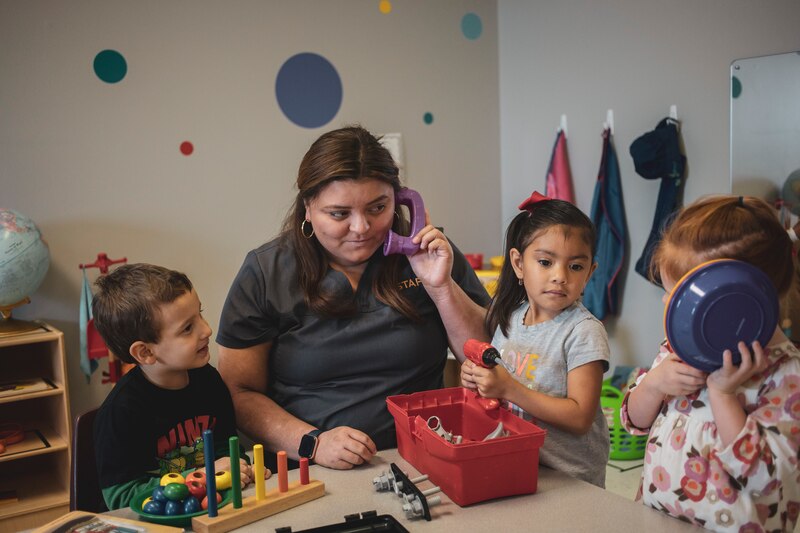
Perez, one of Su Casa’s pre-K teachers, said she can’t help but think back to what could’ve been if she and her siblings had access to a preschool program like Su Casa’s.
When she started kindergarten at Raleigh-Egypt Elementary School, she knew only a handful of words in English. Her siblings, who had immigrated to the U.S., started school with even less experience speaking English.
“If I came fresh (from another country) and I only spoke Spanish, I would imagine it would be hard for me. It’s a different environment, different language, the kids are different,” Perez said, as she watched one of her students, who recently emigrated from Colombia, draw. “I’m the youngest, so by the time I went to school, I already knew a few words from my siblings, but someone like him? And this is his first school setting?”
“We’re helping them get assimilated into this community, into this country,” she said.
Diversity helps children appreciate other cultures
Su Casa currently serves about 50 children who attend school two days a week — either Mondays and Wednesdays or Tuesdays and Thursdays. It aims to provide a Christian-centered, hands-on learning environment with small classes of about seven children.
The organization also keeps its tuition as low as possible at $2,300 a year — with scholarships available — so as not to add another barrier to low-income immigrant families. While tuition does not cover the program’s expenses by any stretch, Clark said Su Casa is able to fund the program with donations and grants.
Su Casa’s Highscope curriculum focuses on what children should be able to do at their age level in eight key areas: approaches to learning; social and emotional development; physical development and health; language, literacy, and communication; mathematics; creative arts; science and technology; and social studies.
“This is the place for him.”
But Su Casa also adds a ninth focus area: second language development. For the vast majority of Su Casa students, that second language is English. At least 75% of slots are reserved for families with one or both parents who emigrated from a Spanish-speaking country. But the nonprofit also serves some families in the neighborhood who simply wanted their children exposed to the Spanish language early.
That diversity is one of Su Casa Preschool’s greatest strengths, Clark said.
“We hope it makes some progress in the space of helping children on both ends learn to interact with other cultures, learn to see them as beautiful, and to see other people who are different and to interact with them and think that’s normal and good,” she said.
Over the last two years, Rachel Rodriguez has sent her two children — 4-year-old Luca and 2-year-old Lorenzo — to Su Casa. She, too, has appreciated the preschool’s commitment to diversity.
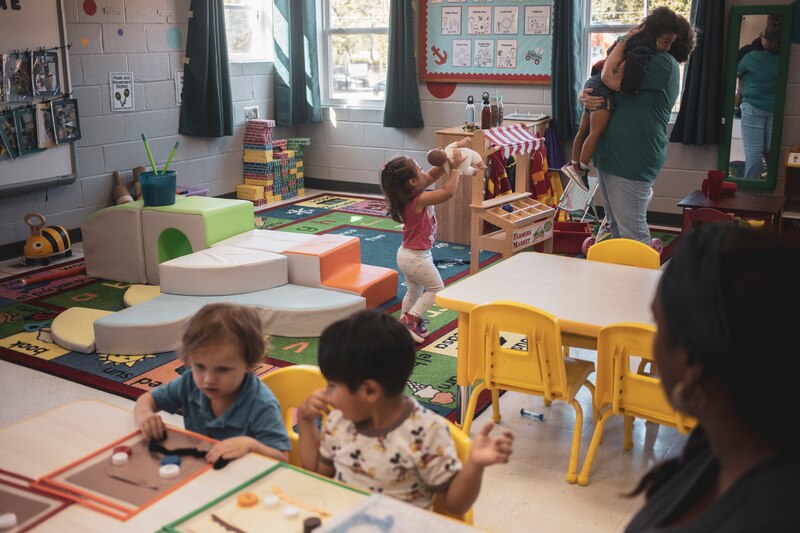
Before having children, Rodriguez and her husband, who emigrated from Peru for medical school, agreed they would speak primarily Spanish at home to encourage bilingualism. She stands by the decision, but admits it put a lot of pressure on her as a mom to speak Spanish, her second language, at home.
Not only has Luca’s and Lorenzo’s Spanish improved since starting at Su Casa, but both of them are able to connect with both their parents’ heritages. When they visit Rodriguez’s family, they embrace their Japanese heritage, and at school, they are taught by a group of mostly Latina women.
“It makes them feel like our family is normal; there are other families that speak two languages, and they can really feel comfortable being themselves in this bilingual environment,” Rodriguez said.
This story is the first installment of a Chalkbeat Tennessee deep dive into the role early childhood can play in improving literacy in Memphis and across the Volunteer State. This effort is supported by the Education Writers Association Reporting Fellowship program.
Samantha West is a reporter for Chalkbeat Tennessee, where she covers K-12 education in Memphis. Connect with Samantha at swest@chalkbeat.org.


